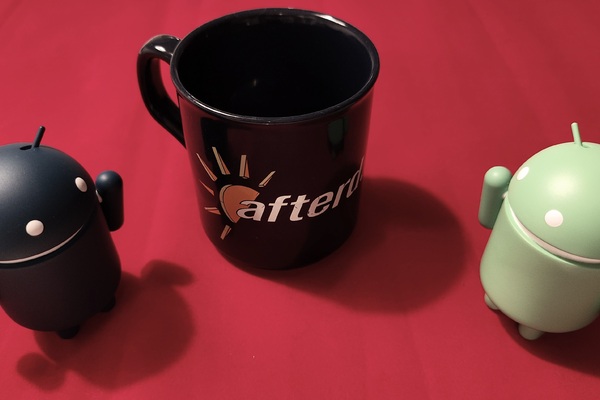Android 16 will launch sooner than expected
Petteri Pyyny
1 Nov 2024 6:45

Google announced today a significant shift in its update strategy for the Android operating system, moving away from the current annual update cycle. In the future, major Android updates are set to roll out more frequently.
For years, Google has released a major Android update each fall, coinciding roughly with the launch of its new Pixel smartphone models. The latest update, Android 15 launched in September 2024 and began rolling out to select devices in October.
However, according to Google's recent statement, the upcoming Android 16 is scheduled for release in the second quarter of 2025. This means users can expect it by the end of June 2025--if not sooner.
The reason for this change is rooted in Android's underlying SDK release schedule, which traditionally only updated alongside major Android versions. These SDK updates bring new system-level features for app developers, and Google now aims to provide these enhancements at a faster pace.
Potential Issues on the Horizon
While a faster update cadence may sound appealing, it raises two key questions--and potential concerns.
First, there's the issue of Android phone manufacturers keeping their update promises. So far, manufacturers have typically committed to a specific number of Android updates for their devices--a number that has roughly aligned with the number of years of support.
For example, if a manufacturer promises three major Android updates for a new model, that has generally meant the device will receive its final big update about three years after its launch.
Now, with updates potentially arriving every nine months or so, a promised "three updates" could realistically cover just two and a half years instead of three. While it may not be quite as simple as basic math, this shift could lead to disputes and challenges for manufacturers--and possibly for customers--over support periods.
Then there's the issue of app compatibility. Google has a stringent policy of removing apps from the Google Play Store if they were developed for older Android versions and have fallen significantly behind the latest update.
This policy can seem excessive, especially for simple, complete apps like calculators, which Google insists must be updated every few years or face removal from the Play Store.
As the pace of Android updates accelerates, the timeframe within which apps must update may shrink as well--even if no functional update is strictly necessary. This could result in abandoned but perfectly functional apps disappearing from the store even faster.
A faster update cadence could introduce other complications, especially since some Android manufacturers already struggle to update their supported devices to the latest version within a year. Honor, for instance, skipped an entire Android version for some of its models just a couple of years ago, citing the challenge of keeping pace with updates across its supported devices.